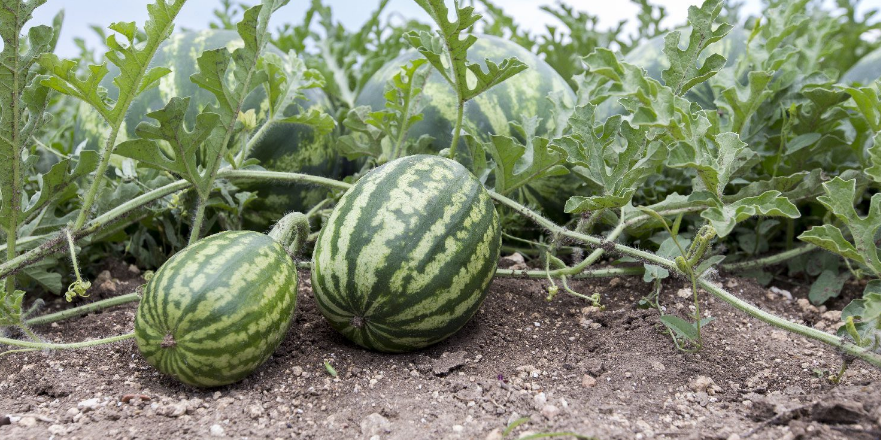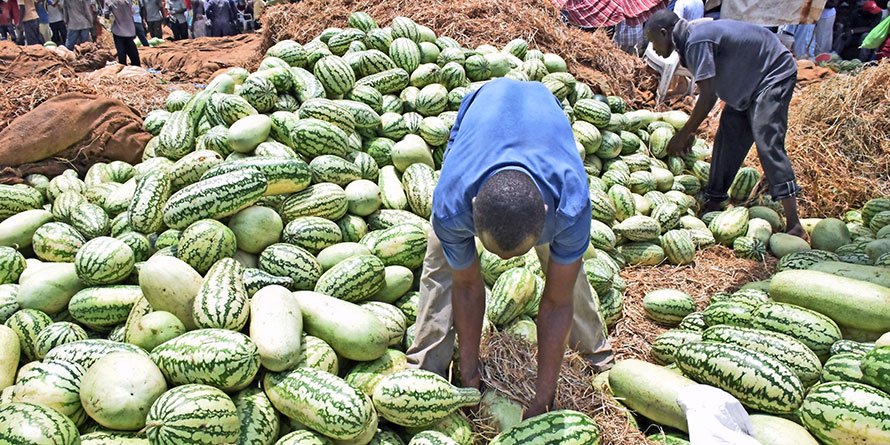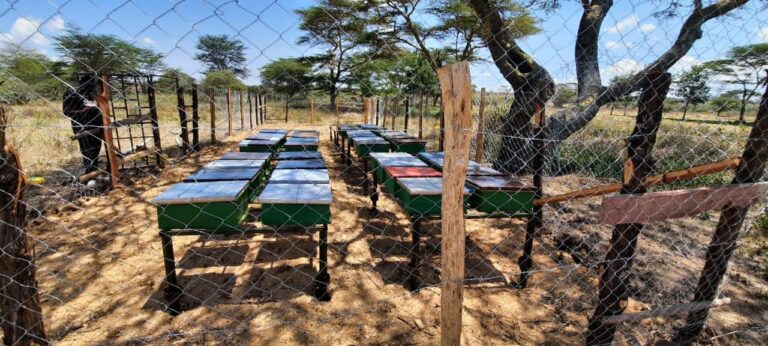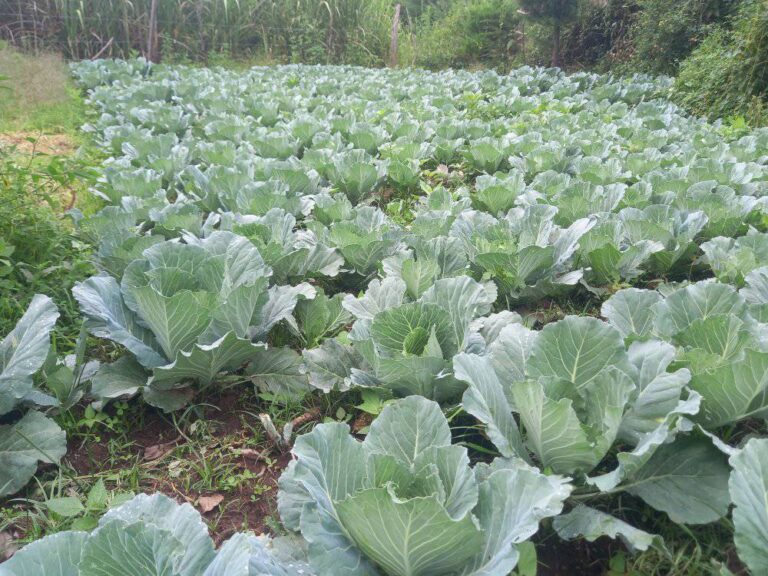How Profitable is Watermelon Farming in Kenya?
Watermelon farming in Kenya is highly profitable due to favorable climatic conditions and increasing market demand. Proper management of seeds, spacing, water supply, and pest control is crucial for maximizing yields and profitability.
Watermelon farming in Kenya has emerged as a lucrative venture, driven by favorable climatic conditions and increasing consumer demand for fresh fruits. Kenya’s warm climate and fertile soils create an ideal environment for cultivating watermelons, ensuring high yields and profitability for farmers.
This article explores various aspects crucial to successful watermelon farming in Kenya, including seed requirements, planting techniques, water management, pest and disease control, and market dynamics.

By understanding these factors and implementing best agricultural practices, farmers can capitalize on the profitability of watermelon cultivation in Kenya.
Key Takeaways
- 400-500 grams of Sukari F1 hybrid seeds are needed per acre, costing around Ksh 30,000
- Ideal spacing is 1.5m between rows and 1m between plants
- Yields can reach 15,000-20,000 kg per acre, with an average price of Ksh 30/kg
- Sukari F1, Sugar Baby, Charleston Grey are popular high-yielding varieties
- Watermelons require 1-2 inches of water per week
- Downy mildew, leaf spot, fruit blotch, beetles, mites are common pests/diseases
- Watermelon farming can be highly profitable, with potential earnings of Ksh 450,000-600,000 per acre
- Best planting times are March-April and October-November
- Prices vary seasonally, ranging from Ksh 20-40 per kg
- Balanced fertilizers like 20-20-20 NPK are recommended, applied basally
- Proper soil preparation, spacing, irrigation and pest/disease control are key to success
How To Grow Watermelon In Kenya
Growing watermelon in Kenya involves several key steps:
Site Selection
- Choose a site with well-draining, sandy loam soil with pH between 6.0-7.0
- Ensure the soil has adequate moisture and organic matter
- Select a location that receives at least 8 hours of direct sunlight per day
Soil Preparation
- Plow and harrow the land to create a fine tilth
- Incorporate well-decomposed manure or compost to improve soil fertility and water-holding capacity
- Form raised beds to ensure good drainage and prevent waterlogging
Planting
- Use high-quality hybrid seeds like Sukari F1, Sugar Baby, Charleston Grey, etc.
- Plant seeds 1-inch-deep, 1 meter apart within rows, and 1.5 meters between rows
- For cooler areas, use black plastic mulch to warm the soil before planting
- Provide adequate moisture for germination, then reduce watering to prevent overwatering
Fertilizer Application
- Apply a balanced, slow-release fertilizer before planting to provide nutrients
- Use a starter fertilizer high in phosphorus to promote root growth
- Apply a balanced fertilizer like 20-20-20 NPK as a basal dose before planting
- Provide supplemental fertilizer through fertigation or side-dressing as needed
Pest and Disease Management
- Rotate crops to break pest and disease cycles
- Use resistant varieties when available
- Scout regularly for pests and diseases and apply appropriate control measures
- Avoid overhead irrigation to reduce disease pressure
Harvesting
- Harvest watermelons when the underside turns creamy yellow and the tendril nearest the fruit dries
- Watermelons are ready when they produce a dull thud when tapped
- Handle fruits carefully to avoid bruising and store in a cool, dry place
Yields and Profitability
- Yields can reach 15,000-20,000 kg per acre with good management
- Prices vary seasonally but average Ksh 30/kg, potentially earning Ksh 450,000-600,000 per acre
- Watermelons can be grown twice a year, making it a lucrative venture for farmers
Pesticides Used On Watermelon
Several pesticides can be used to protect watermelon crops from pests. These include:
- Insecticides: Neem oil, pyrethrin-based sprays, and imidacloprid.
- Fungicides: Sulfur-based fungicides and copper-based fungicides for mildew control.
Examples include
- Deltamethrin (Decis 2.5 EC®): A pyrethroid insecticide used to control melon flies, aphids, spider mites, whiteflies, and Epilachna beetles on watermelons. It is registered in 10 products in Kenya for use on various crops.
- Trichlorfon: An organophosphate insecticide used to control melon flies and other pests on watermelons.
- Ethoprophos (MOCAP GR10®): A nematicide used to control root-knot nematodes on watermelon roots.
- Azadirachtin (NIMBECIDINE EC®): A botanical insecticide and nematicide derived from the neem tree, used to control root-knot nematodes.
- Sulphur (COSAVET DF®): A fungicide used to control powdery mildew on watermelons.
- Famoxadone + Cymoxanil (EQUATION PRO®): A fungicide mixture used to control powdery mildew.
- Azoxystrobin + Difenoconazole (AZOXY TOP 325 SC®): A fungicide mixture used to control powdery mildew.
Best Time To Plant Watermelon In Kenya
The ideal planting time for watermelons in Kenya is during the warm, dry seasons. This typically ranges from January to March and again from July to September.
Planting during these periods ensures that the crop receives adequate sunlight and minimal rainfall, which is conducive to watermelon growth.
Price Of Watermelon In Kenya
The price of watermelon in Kenya fluctuates based on seasonality and market demand. On average, watermelons sell for between KSh 20 to KSh 40 per kg. Peak prices are usually observed during the off-season when supply is lower.
Best Fertilizer For Watermelon In Kenya
Choosing the right fertilizer is crucial for healthy watermelon growth. A balanced NPK (Nitrogen, Phosphorus, and Potassium) fertilizer, such as 10-10-10 or 20-20-20, is recommended. Additionally, applying organic compost can enhance soil fertility and improve plant health.
What Are The Best Watermelon Varieties For Kenya’s Climate
Several watermelon varieties thrive in Kenya’s climate. Some of the best include:
- Sukari F1: The most popular variety, taking about 80 days to mature. It has a hard rind that makes it pest-tolerant and preserves the fruit longer. Yields can reach 30 tonnes per acre.
- Sugar Baby: A recognizable variety with a dark green, spherical shell and red flesh. It matures in 2.5 months and yields up to 30 tonnes per acre. It is one of the most common commercial cultivars grown in Kenya.
- Asali F1: A hybrid that matures in 85 days, producing large, oblong fruits with sweet red flesh. Yields can reach 40 tonnes per acre. It is resistant to Fusarium and Anthracnose.
- Charleston Grey: One of the largest varieties, with cylindrical fruits averaging 9 kg. It matures in 85-110 days and yields about 13,000 fruits per acre. It is another common commercial cultivar in Kenya.
- Andaman 631 F1: Characterized by very strong vines and super sweet, red flesh. Fruits average 8 kg and mature in 80 days. Yields can reach 30 tonnes per acre.
- Julie F1: A fast-maturing variety (70-75 days) with vigorous, oval-shaped fruits of 8-10 kg. It has a unique, crunchy, sweet taste and is adaptable to different weather conditions
How Much Water Does A Watermelon Plant Require Per Day
Watermelon plants require approximately 1-2 inches of water per week, which translates to about 0.25 to 0.5 inches per day.
This need can vary based on the growth stage of the plant and the prevailing weather conditions. Ensuring consistent and adequate water supply is crucial for optimal fruit development.
What Are The Common Pests And Diseases Affecting Watermelons In Kenya
Watermelon crops in Kenya are susceptible to several pests and diseases, including:
- Pests: Aphids, spider mites, and fruit flies.
- Diseases: Powdery mildew, downy mildew, and anthracnose.
Proper pest and disease management practices, such as the use of certified seeds, crop rotation, and timely application of pesticides, are essential to maintain healthy crops.
Is Watermelon Farming Profitable In Kenya?
Yes, watermelon farming in Kenya is highly profitable. With yields averaging 15,000 to 20,000 kg per acre and market prices around KSh 30 per kg, farmers can gross approximately KSh 600,000 per acre. Deducting production costs (estimated at KSh 100,000 to KSh 150,000), net profits remain substantial.
This profitability is bolstered by Kenya’s suitable climate, which supports robust watermelon growth and allows for multiple harvests annually.
How Many Grams Of Watermelon Seeds Per Acre (In Kenya)
To plant one acre of watermelon in Kenya, approximately 500-700 grams of seeds are required. This estimate can vary depending on the seed variety and the planting technique used. Using high-quality seeds ensures better germination rates and healthier plants.
Generally, for an acre of watermelon, 400-500 grams of Sukari F1 hybrid seeds are typically needed, costing around Ksh 30,000. Other popular varieties include Sugar Baby, Charleston Grey, Early Scarlet F1, and Pato F1. The ideal spacing is 1.5m between rows and 1m between plants.
What Is The Ideal Spacing For Planting Watermelon Seeds In Kenya
Generally, the recommended spacing for watermelon seeds in Kenya is about 90 cm between plants and 150 cm between rows. This spacing allows sufficient room for vine growth and ensures adequate air circulation, reducing the risk of fungal infections.
How Many Watermelons (Kgs) Can Be Harvested Per Acre In Kenya
On average, farmers can expect to harvest between 15,000 to 20,000 kg of watermelons per acre. This yield depends on various factors including the variety of watermelon, soil fertility, pest and disease management, and adherence to recommended agricultural practices.
Conclusion
Watermelon farming in Kenya presents a lucrative opportunity for farmers willing to invest in proper agricultural practices. With the right knowledge of seed requirements, spacing, water needs, pest management, and market conditions, farmers can achieve substantial yields and profitability.
As the demand for fresh produce continues to rise, watermelon farming stands out as a viable and rewarding agricultural venture.






